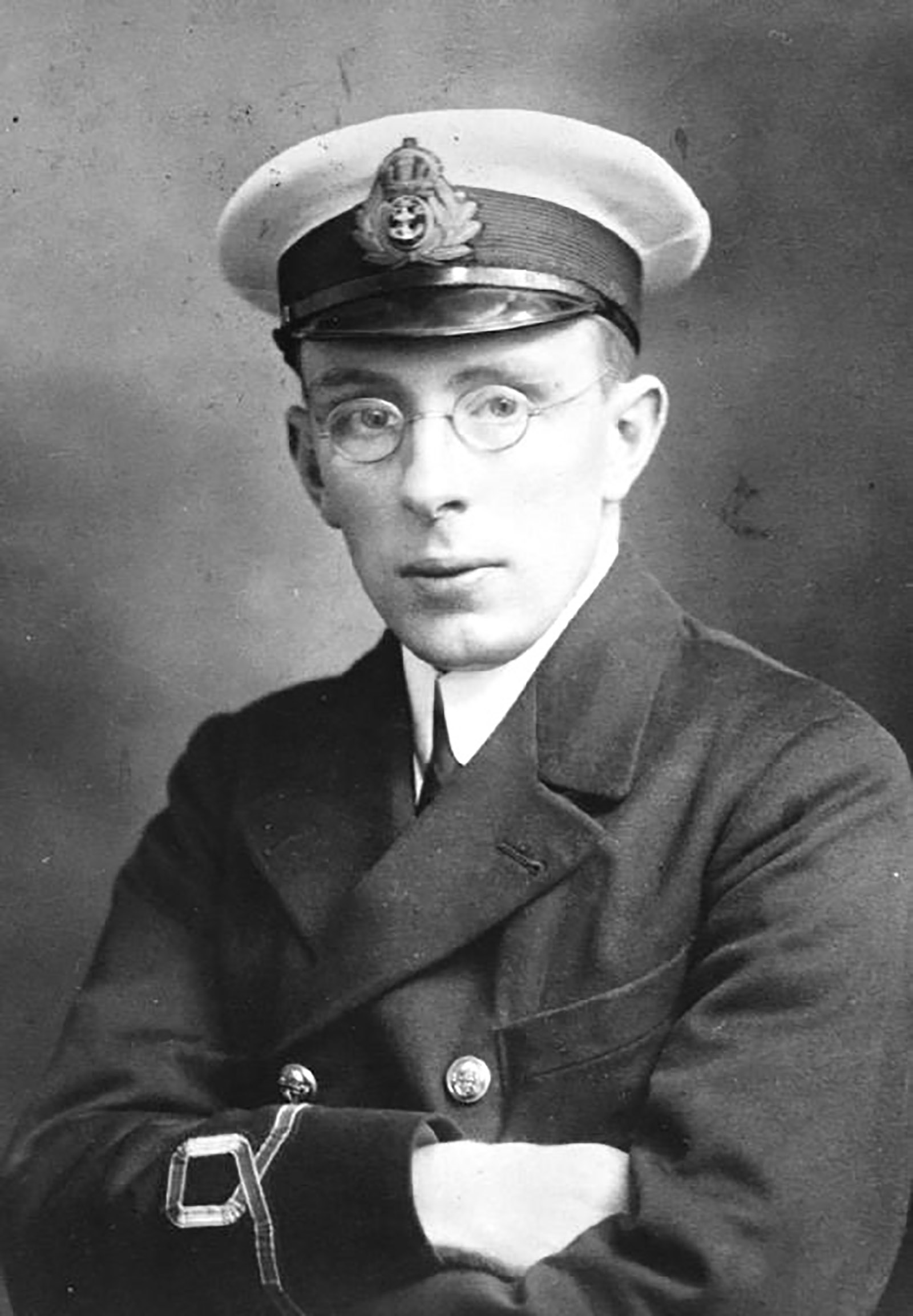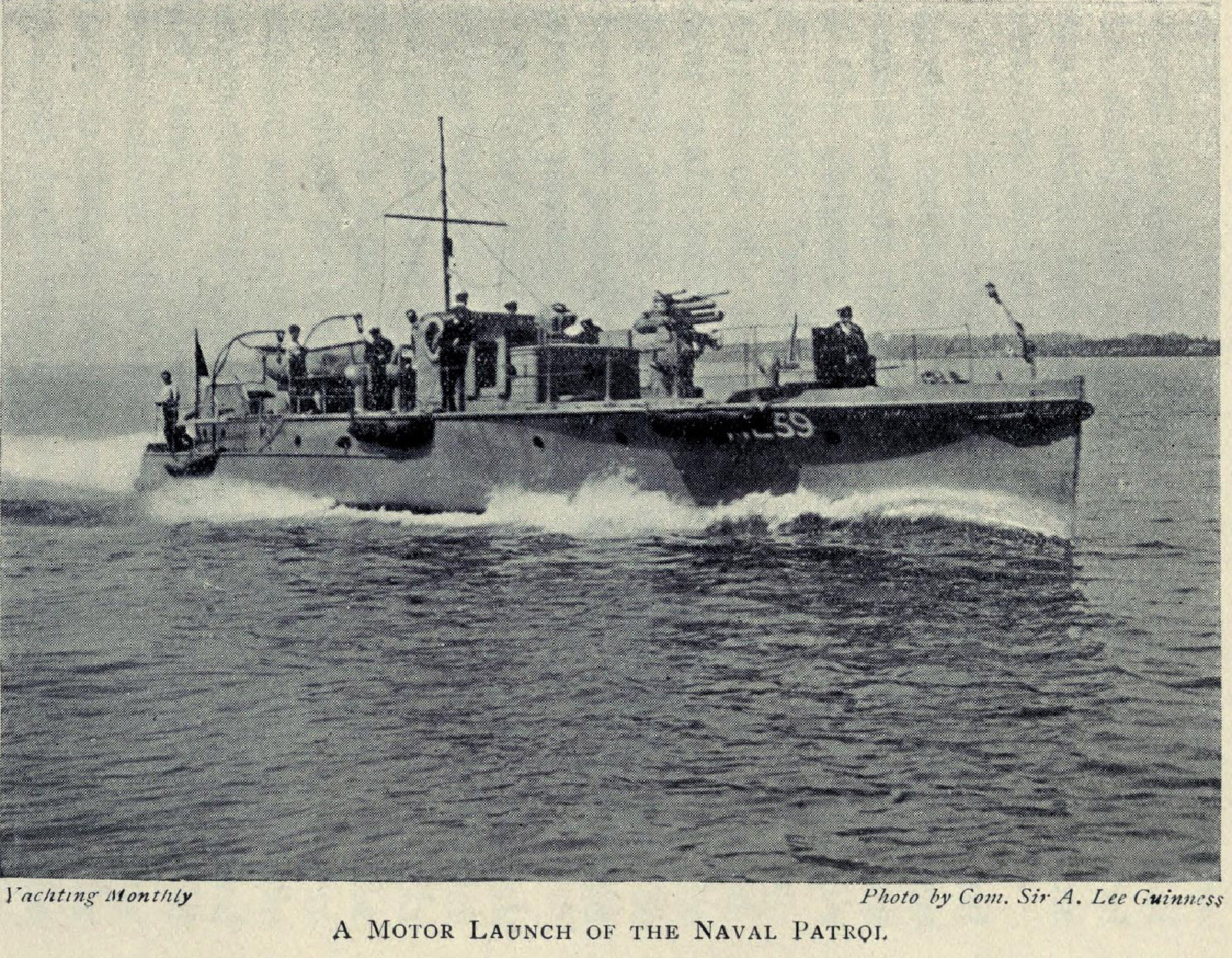Rowland Bourke rescued sailors under heavy gunfire during First World War

DND
Rowland Bourke
It was a daring naval assault in the late stages of the First World War that saw the Royal Navy attempt to block the port of Ostend, Belgium, the most heavily defended of all German U-boat bases.
Rowland Bourke, a Canadian serving with the Royal Naval Volunteer Reserve, had followed His Majesty’s Ship (HMS) Vindictive into the Belgian harbour in his motor launch on May 9, 1918.
While backing out after the raid, he heard cries from the water.
Bourke searched the area amid heavy gunfire at close range. He found a lieutenant and two junior sailors badly wounded and clinging to an upturned boat in the water after Vindictive was sunk.
Bourke’s own launch was hit 55 times and two of the crew were killed by a six-inch German shell. Nevertheless, he managed to bring out the rescued sailors and his vessel in one piece.
For this action, King George V decorated Bourke with the Victoria Cross (VC). He was also presented with the French Legion of Honour. With characteristic modesty, Bourke asked his family not to inform the press of his achievements.
This was not the first time Bourke had been decorated. Just a month earlier, Bourke’s launch had picked up 38 sailors from the sinking of HMS Brilliant in a previous raid on Ostend. For showing “the greatest coolness and skill in handling his motor launch”, Bourke was awarded the Distinguished Service Order.
Ironically, Bourke almost never made it to active duty.
At the start of the First World War, few people might have guessed that the quiet, introverted rancher from the interior of British Columbia would soon become one of only four Canadian naval VC winners.
He was born in London, England, in 1885, but at 17 he moved with his family to Nelson, B.C. When the First World War broke out, he left the family fruit farm and volunteered to enlist in the Canadian forces, but was rejected in all three arms of service because of defective eyesight.
Undaunted, he returned to England at his own expense and successfully joined the Royal Naval Volunteer Reserve to serve on the motor launches. They were designed for harbour defence and submarine chasing, or for armed high-speed rescue.
In a letter to Bourke’s parents, Anglo-American novelist and soldier Lieutenant Coningsby Dawson said: “People laughed that he should offer himself as a fighter at all, but he elbowed his way through their laughter to self-conquest. That’s the grand side of war – it’s test of internals, of the heart and spirit of a man. Bone and muscle and charm are only secondary.”
After the war, the reluctant hero returned to Nelson and married. In 1932 he and his wife moved to Victoria and Bourke started work at His Majesty’s Canadian Dockyard in Esquimalt, B.C., as a civilian clerk. He was instrumental in organizing the Fishermen’s Reserve, a West Coast patrolling operation.
When the Second World War erupted in 1939, Bourke served as a recruiting officer before returning to sea in 1941 with the Royal Canadian Navy Volunteer Reserve. He commanded ships and naval bases during the conflict, and eventually ended his military career in 1950 in the rank of Commander.
Bourke died in August 1958 and was buried with full military honours at the Royal Oak Burial Park in Victoria.
HMCS Malahat, Victoria’s Naval Reserve Division, honours Bourke at his gravesite each Remembrance Day. A mountain north of Tofino, B.C., is named in his honour.
Bourke willed his VC and other medals to the National Archives in Ottawa.

DND
Rowland Bourke commanded a motor launch similar to the one shown in this photograph.
Page details
- Date modified: